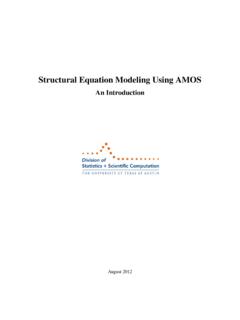Transcription of M B BX e 01 - Portland State University
1 Newsom Psy 523/623 structural Equation modeling , Spring 2020 1 Testing mediation with Regression Analysis mediation is a hypothesized causal chain in which one variable affects a second variable that, in turn, affects a third variable. The intervening variable, M, is the mediator. It mediates the relationship between a predictor, X, and an outcome. Graphically, mediation can be depicted in the following way: XMYab Paths a and b are called direct effects. The mediational effect, in which X leads to Y through M, is called the indirect effect.
2 The indirect effect represents the portion of the relationship between X and Y that is mediated by M. Testing for mediation Baron and Kenny (1986) proposed a four step approach in which several regression analyses are conducted and significance of the coefficients is examined at each step. Take a look at the diagram below to follow the description (note that c' could also be called a direct effect). XMYabc Analysis Visual Depiction Step 1 Conduct a simple regression analysis with X predicting Y to test for path c alone, 01Y BBX e=++ XYc Step 2 Conduct a simple regression analysis with X predicting M to test for path a, 01M BBX e=++.
3 XMa Step 3 Conduct a simple regression analysis with M predicting Y to test the significance of path b alone, 01Y BBM e=++. MYb Step 4 Conduct a multiple regression analysis with X and M predicting Y, 012Y BBX BM e=++ + XMYbc The purpose of Steps 1-3 is to establish that zero-order relationships among the variables exist. If one or more of these relationships are nonsignificant, researchers usually conclude that mediation is not possible or likely (although this is not always true; see MacKinnon, Fairchild, & Fritz, 2007).
4 Assuming there are significant relationships from Steps 1 through 3, one proceeds to Step 4. In the Step 4 model, some form of mediation is supported if the effect of M (path b) remains significant after controlling for X. If X is no longer significant when M is controlled, the finding supports full mediation . If X is still significant ( , both X and M both significantly predict Y), the finding supports partial mediation . Calculating the indirect effect The above four-step approach is the general approach many researchers use.
5 There are potential problems with this approach, however. One problem is that we do not ever really test the significance of the indirect pathway that X affects Y through the compound pathway of a and b. A second problem is that the Barron and Kenny approach tends to miss some true mediation effects (Type II errors; MacKinnon et al., 2007). An alternative, and preferable approach, is to calculate the indirect effect and test it for significance. The regression coefficient for the indirect effect represents the change in Y for every unit change in X that is mediated by M.
6 There are two ways to estimate the indirect coefficient. Judd and Kenny (1981) suggested computing the difference between two regression coefficients. To do this, two regressions are required. Newsom Psy 523/623 structural Equation modeling , Spring 2020 2 Judd & Kenny Difference of Coefficients Approach Analysis Visual Depiction Model 1 012Y BBX BM e=++ + XMYbc Model 2 0 YBBXe=++ XYc The approach involves subtracting the partial regression coefficient obtained in Model 1, B1 from the simple regression coefficient obtained from Model 2, B.
7 Note that both represent the effect of X on Y but that B is the zero-order coefficient from the simple regression and B1 is the partial regression coefficient from a multiple regression. The indirect effect is the difference between these two coefficients: 1indirectBBB= . An equivalent approach calculates the indirect effect by multiplying two regression coefficients (Sobel, 1982). The two coefficients are obtained from two regression models. Sobel Product of Coefficients Approach Analysis Visual Depiction Model 1 012Y BBX BM e=++ + XMYbc Model 2 0 MBBXe=++ XMa Notice that Model 2 is a different model from the one used in the difference approach.
8 In the Sobel approach, Model 2 involves the relationship between X and M. A product is formed by multiplying two coefficients together, the partial regression effect for M predicting Y, B2, and the simple coefficient for X predicting M, B: ( )( )2indirectBBB= As it turns out, the Kenny and Judd difference of coefficients approach and the Sobel product of coefficients approach yield identical values for the indirect effect (MacKinnon, Warsi, & Dwyer, 1995). Note: regardless of the approach you use ( , difference or product) be sure to use unstandardized coefficients if you do the computations yourself.
9 Statistical tests of the indirect effect Once the regression coefficient for the indirect effect is calculated, it needs to be tested for significance or a confidence interval needs to be constructed. There has been considerable controversy about the best way to estimate the standard error used in the significance test or confidence interval, however, and there are quite a few proposed approaches to calculation of standard errors. One of the problems is that the sampling distribution of the indirect effect may not be normal, and this has led to more emphasis on confidence intervals, which can be constructed to be asymmetric.
10 There are two general approaches to testing significance of the indirect effect that appear to perform better than the alternatives in simulation studies bootstrap methods (sometimes called "nonparametric resampling") and the Monte Carlo method (sometimes called "parametric resampling"). For the bootstrap method, software for testing indirect effects generally offers two Newsom Psy 523/623 structural Equation modeling , Spring 2020 3 options. One, referred to as "percentile" bootstrap, involves confidence intervals using usual sampling distribution cutoffs without explicit bias corrections.
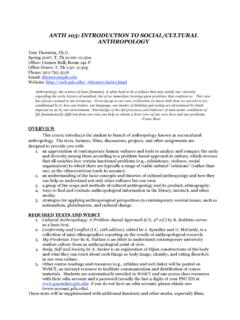
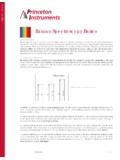
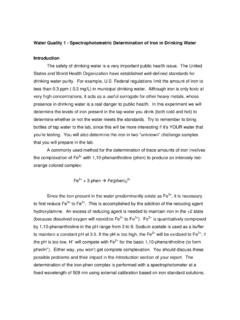
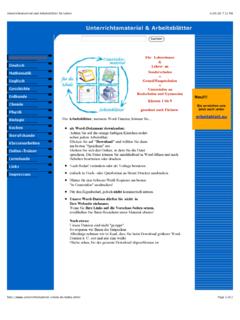
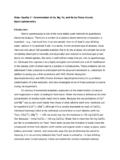
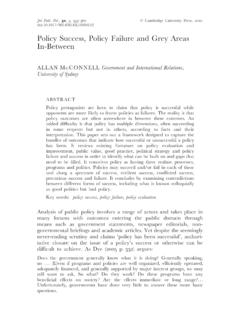
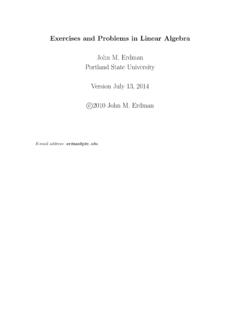
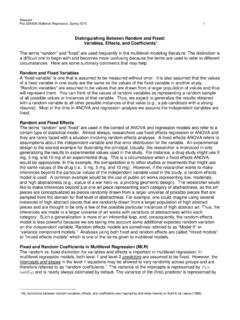
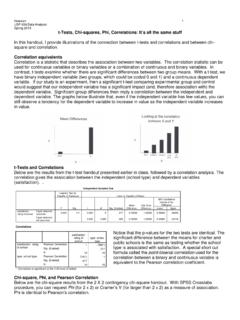
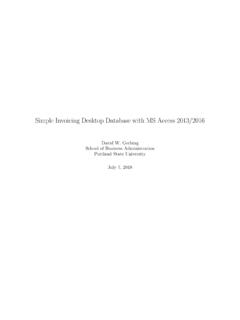
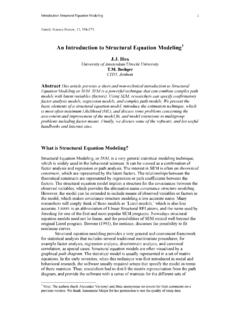
![[SEM] Structural Equation Modeling](/cache/preview/7/0/f/3/a/1/3/0/thumb-70f3a130b29203a686082ca257f48745.jpg)



